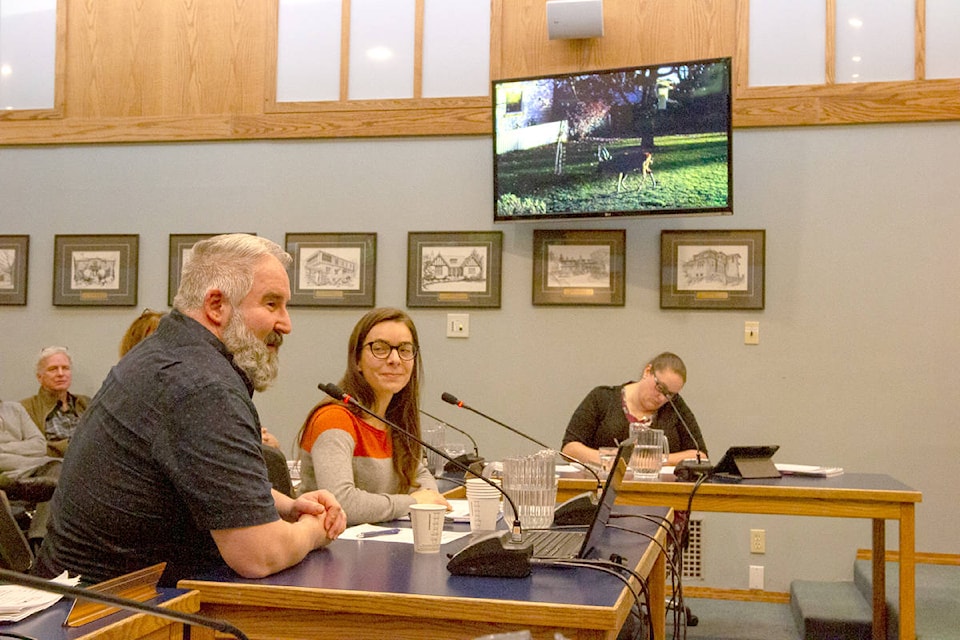Two aspects of Oak Bay’s deer report stick out to Jason Fisher – the small “home range sizes” where Oak Bay deer live, and the low number of deer here.
Fisher, who holds a doctorate, is the lead scientist behind the Urban Wildlife Stewardship Society (UWSS) report making headlines as it heads to the province.
The report claims that 95 percent of an Oak Bay deer’s time is spent within a 0.64 square kilometre range. Half of their time is spent in an even smaller 0.14 square kilometre core home range.
“Those are really small home range sizes,” Fisher said. “I’m not sure if they’re smaller than home range sizes in the wild because we don’t really have great estimates of black tailed deer in the wild, but I’m still struck by the fact deer tend to linger around a pretty small area.”
READ MORE: Deer study using collars, cameras under watchful eyes outside of Victoria
That, he said, might be why certain Oak Bay residents feel the deer are out of control. Fisher said it’s an example of the representative heuristic – a phenomena where humans believe there’s a lot of something because they see it often. In other words, the small home ranges mean some residents are seeing the same deer frequently, not an abundance of deer.
“We’re talking about 100 deer in this population. I think that’s really important, because you can easily make the assumption that deer are running rampant, and they’re everywhere, and they’re a huge problem and we need to get rid of them. But armed with scientific fact, we now know that’s not the case,” Fisher said. “That doesn’t mean that individuals aren’t having problems with deer – that’s very real – but it very much is a small localized problem experienced by some individuals.”
The UWSS report says the highest deer concentrations are in the Uplands regions, near the golf courses, and along quieter parts of south Oak Bay.
READ MORE: Report estimates 100 deer call Oak Bay home
The main thing Fisher would like the public to take away from this research isn’t population estimates, density maps, or the impending immunocontraceptive vaccine roll out – but rather the idea of coexistence with nature.
“There are people who have moved to Oak Bay … in order to grow flowers and enjoy the sunshine, as well as people who have moved here to enjoy the wildlife,” Fisher said. “And the wildlife are a fundamental part of why the Saanich Peninsula works the way it does, and deer are an integral part of that.”
READ MORE: Oak Bay one step closer to deer immunocontraceptive test
Fisher refers to the Saanich Peninsula as the wider Victoria regional ecosystem – essentially everything east of the Malahat.
For residents who believe deer populations have increased in recent years, Fisher said that’s hard to prove scientifically. He did say that one possible hypothesis is that the deer could be returning to Oak Bay as the municipality works to increase its natural spaces, but that he doesn’t have any data to back that up.
“It’s a mistake to automatically assume that there’s an unnatural and unprecedented increase in deer in the Oak Bay region, because none of us have the time frame or the proper temporal scale to make that call. Again, I harken back to traditional knowledge of First Nations who say that deer have always been abundant on the Saanich Peninsula.”
What do you think? Email jesse.laufer@oakbaynews.com or send a letter to editor@oakbaynews.com
jesse.laufer@oakbaynews.com
Like us on Facebook and follow us on Twitter
